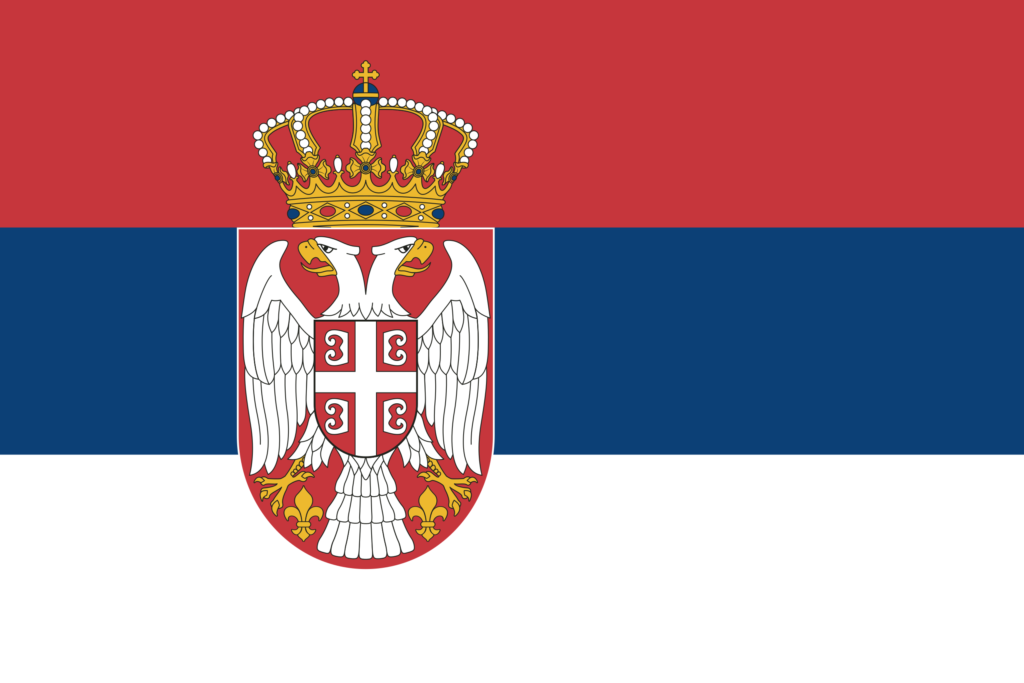Brazil’s Rich and Unique Musical Culture
It was first described under this name after World War II when it entered the public scene. Many artists don’t describe themselves as samba-cancao singers as this music genre name was given by the media. Pagode is also one of the most hated or unappreciated genres in Brazil. The often exaggerated stylistic of this music prevents it from being easy to consume for certain categories of people. Still, it has its place in parties and carnivals like most other music genres.
Sambass
A small set of drums called ‘zambumba’ are used for this type of music. Samba do Cidade Nova was the first genre of urban samba, and its legacy, along with that of Tia Ciata and musicians like Ernesto ‘Donga’ Santos, will always be honoured. However, the modern samba sounds we know today were developed much deeper in Rio de Janeiro’s favelas and didn’t emerge into the mainstream until about a decade after Pelo Telefone was recorded and put samba on the map.
Hip-hop music
.jpg)
A true expression of cultural differences, it also carries a demand for democracy during a period of dictatorship. The richness of Brazilian music is complemented by an important ability to reinvent itself. This innovation concerns both international genres (jazz fusion, caipira country music…) and popular shows ( bumba-meu-boi …) or more marginal scenes such as rap.
Brazilian music is recognised globally, and yet its presence on the World Music scene is only just the tip of the iceberg. A cocktail of African, European and Indian ingredients underlies a national genius for music, creating a variety of rhythms and regional genres. One of the big hits at Carnival, this is a song about a girl and her friends dancing at a baile funk party, which involves a dance similar to twerking, by one of Brazil’s most popular funk artists. Brazilian singer and composer Caetano Veloso said in an interview with the Guardian that, ‘Bossa nova is a sacred music for many Brazilians.
Squid Game: Iconic Filming Locations in South Korea You Can Visit
Huge amounts of capital and investment were flowing in from the United Kingdom, resulting in a major industrialisation process. Brazil was the worlds leading producer of rubber and coffee, two commodities in very high demand. Here we have an exquisite example of a lundu from the late 18th century. The poem played over the top is titled Morrendo Devagar (Dying slowly), written by Domingos Caldas Barbosa, the son of a Portuguese man and an Angolan slave. Barbosa studied at the Jesuit College in Rio de Janeiro and had a successful career in Portugal.
This type of dance can be seen all over the beaches of Brazil during the evening. Bars, restaurants, and other places that might have more Me Gusta Reviews people interested in dancing are the perfect setting for samba reggae dancing. But for most Brazilian youth, their country’s rap scene is a way out of the favelas as seen in these movies exemplifying life in the outskirts of the large cities. In some cases, Brazilian rap has often tied communities together, but not to the same extent as samba has with its hundreds of thousands of schools around the country.

